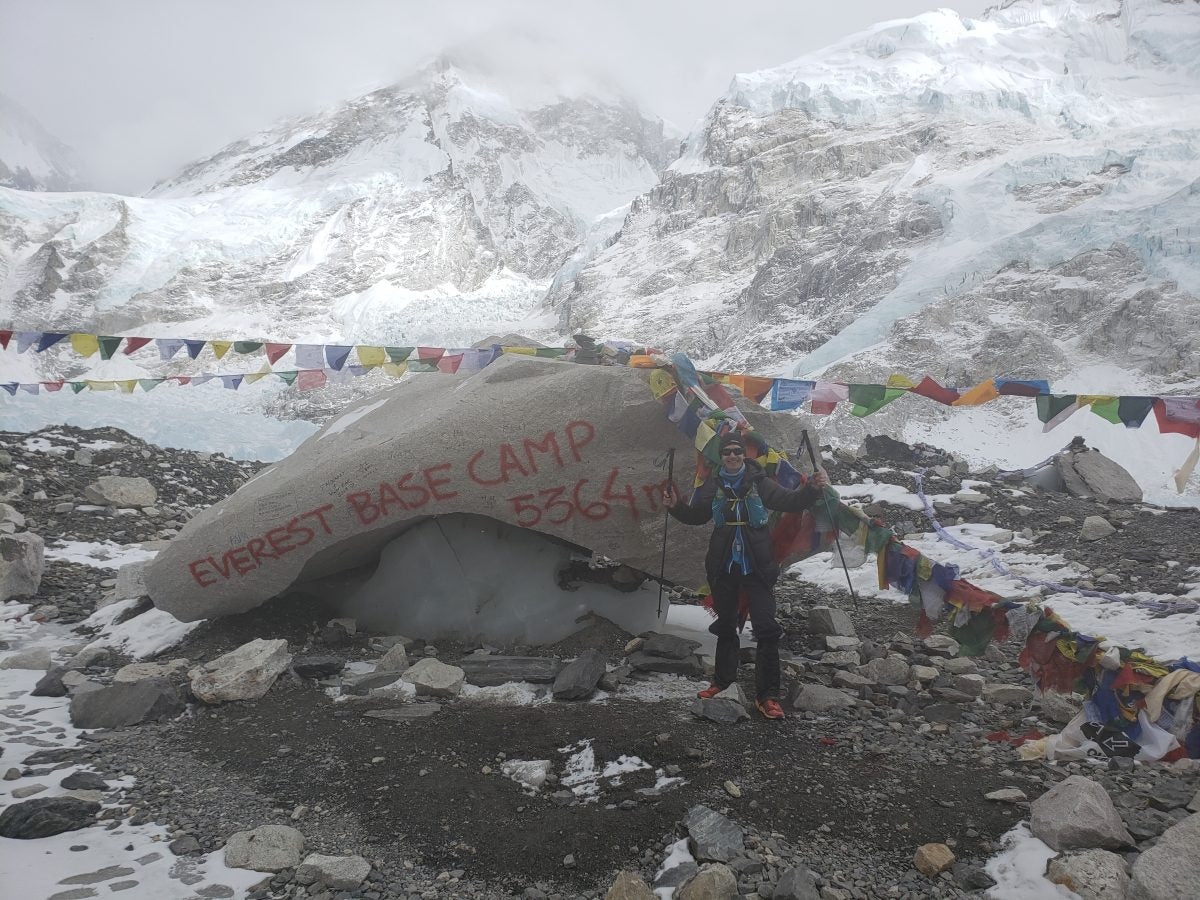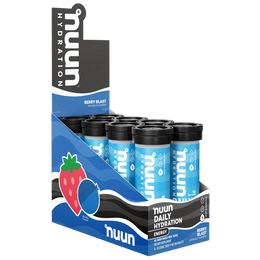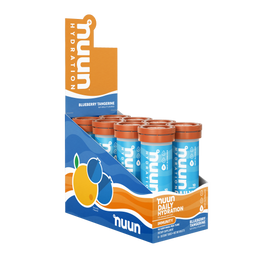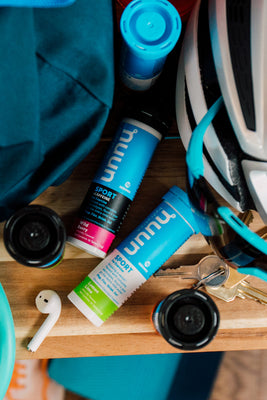A Big, Long Day: The Fastest Known Time on the Everest Base Camp Trail

Author’s Note: This is an abridged version of the original post, which includes a good bit more detail, particularly about the attempt itself. If you’ve got 20 minutes, I’d recommend checking that out: https://www.chaski.run/post/ebc-fkt
THE BEGINNING
I start at 12:06am. Only the town mutts notice, arfing as I walk to the arch that marks the start of the 65 mile journey to Everest Base Camp, EBC, (and back). There's no starting gun, no fanfare, no chip timing. I start my Polar Vantage M (hoping that it'll last the 20-24 hours I'll need) and I'm off.
But what am I doing here? Why am I about to run 65 miles through the Himalayas by myself?
As with seemingly everything in life, this long day represents serendipity at its finest. After running the U.S. Olympic Marathon Trials in Atlanta just two weeks earlier, a cancelled trip to Spain led me to reroute my post-Trials time-off to Nepal.
A note about COVID-19 -- when I was making all these plans in late February, the Corona Virus was but a minor epidemic in a handful of East Asian countries. A few people (like my parents) seemed alarmed at my plans to go to Asia, but Nepal had no cases yet and the risk seemed low.
But, after spending a mere week hiking in the mountains, I was flooded by news and messages documenting the exponential growth of COVID-19 and its effects on the world and the running community. In the handful of days I'd been incommunicado, cases had skyrocketed worldwide, events had been cancelled, and the World seemed much more concerned. Thus is the way of exponential growth.
I was concerned for my parents -- both in their sixties -- along with other family and friends. But (more relevant to this narrative), I also began reading about the cancellation of sporting events, from the NBA season to the Boston Marathon; it seemed that any large-scale race was off the table for now.
I felt overwhelmed. Even as a Reddit regular (where the seriousness of the oncoming pandemic was noted early), I hadn't expected such an immediate and consequential impact.
I'd known about the Everest Base Camp Trail FKT (fastest known time) for months, if not years. The route is out and back, so there were really three FKTs: uphill (15 hours by Pemba Sherpa, 2010), downhill (12 hours, 34 minutes by Ben Southall), and round-trip (30 hours by Pemba Sherpa, 2010).
And here I was, with time and energy to tackle this. I might as well strike while the iron was hot.
***
Now, it’s all real. I’m hopping down the stone steps that begin the eventual journey upward nearly two vertical miles. My headlamp illuminates the pitch black night and I feel like I can maintain this effort all day; we’re about to find out.
The first hours pass in a dark blur. I cross a half-dozen steel-wire suspension bridges in the impermeable darkness, making for dream-like traverses. The only indication that I’m not navigating some Twilight-Zone outer space is the river roaring 600 feet below.
That first significant climb is steep and relentless, but (relatively) low (8000 ft to 11,500 ft) and short. I’m making great time and before the three-hour mark (03:00am), I’m in sound-asleep Namche Bazaar, still setting off every alarm-dog I pass.
Despite the warmth in the valley, now, 3500 ft. higher, it’s frigid. It’s after 03:00 and, upon passing a treacherous series of icy steps, I arrive at one of my favorite sections of smooth, (relatively) flat trail.
I let myself run and, despite the absolutely arctic temperatures, I am having a grand time. I can see the outlines of Ama Dablam and Everest by the glow of the rising moon. I’ve got one of the most famous trails on Earth all to myself. Life is good.
Just after 04:00am, I put in my headphones, the “Hamilton” soundtrack providing some extra motivation navigating the next monotonous, steep stretch up to Tengboche Monastery. I’m singing along and glad no one’s here to judge me.
Finally, I can see the light of the morning sun, first illuminating the top of the World, Everest herself at 29,028 ft., and then panning down to our measly 13,000-something feet. I pass the town and the light is just across the valley and the air is beginning to warm.
The sun shines, but the air begins to get seriously thin. I struggle to stay positive throughout the long climb to the Khumbu Glacier (the 12-mile river of rock and ice falling off Everest’s south side). Perhaps it’s the 7+ hours of continuous movement, perhaps it’s the decreasing supply of available oxygen, perhaps it’s because Hamilton ended, perhaps it’s the knowledge (that I’m trying very hard not to acknowledge) that every step that I take I’ll have to retrace; but, I am just not feeling great.
Within the last 1.5 miles from Gorak Shep to EBC my mind shifts from thinking “I’m almost there! Wahoo!” to “I might have to turn around and get heli-evac’d out of G.S.” It’s difficult to describe but I simply feel unwell. I take a few long breaks to catch my breath, reduce my aggressive pace to a crawl, especially up the steeper pieces, and then finally, I see a few orange tents. I plunge down into the glacier and, pulse pounding in my peripheral vision, arrive at the giant rock spray-painted w/ “EVEREST BASE CAMP 5364m [17,598 ft]” after 11h01.
BACK DOWN
I’ve got the uphill record but the out & back FKT is on the line, so after 9 minutes and 37 sec, I begin the 32.5 miles journey back to Hiker’s Inn and -- by the way -- my flight back to Kathmandu and then home to the USA at 6:50am on Tuesday, less than 20 hours from now.
The adrenaline that had propelled me through those final few minutes has run dry. I’m still feeling funny, off, but I know that there’s only one thing that will really help: going down.
One of the things I learn about myself during this big, long day is my ability to accept much larger chunks of suffering than I have in the past. This isn’t going to be the painful last 30 minutes of a marathon; it might be 10+ hours of brutal suffering. But, there’s only one way down and the quicker I get started, the lower I’ll get, the better I’ll feel.
I do feel immensely better within a couple hours and with more oxygen molecules in the air I’m jogging down to the 14,000 ft. plane, but the snowscape of the morning has melted entirely and the trail has been stomped into a filthy mud-pit by dozens of trekkers, yaks, and donkeys. It’s frustrating and my legs and mind are beginning to feel the two vertical kilometers (6500 ft.) of net downhill and the 17+ hours of relentless forward motion. My knees ache, my ankles throb with every hop off a steep step, and my quads are beginning to quiver.
Finally, I see the sign for Gokyo which marks the beginning of the runnable stretch back into Namche. The sun has set; I’ve been moving for almost 19 hours as I trade my sunglasses and cap for headlamp and beanie.
By the time I pass through Namche, my watch reads 19:25 and it’s fully night again. I really, really want to stop. I smell hot soup as I pass the dozen hostels on the way out of town. Only 11 miles separate me from Lukla, a stretch which should take about 3 hours. I know that sub-24 hours is still a possibility, but it’s not going to be easy.
But, I’ve got to catch that flight. And record or no record, I know that if I do stop, sleep for a few hours and have a hot meal, there’s no way I’ll make it.
There is only one way out. I can either feel sorry for myself and be miserable for the next 3 or 4 or 5 or 8 hours; or, I can just turn my brain off, put one foot in front of the other, then do it again.
If I think about it logically as I stand at the top of that final knee-jarring, toe-jamming descent, there’s no way I can wrap my mind around continuing on for four hours and seventeen minutes longer. But I do just that. I tell myself to just keep going, around this corner, over this bridge, down these stairs, up to this town, one more step, one more step.
The valley is empty and silent (save the dogs whom I am again alarming with my late-night perambulation). I stop in the center of one of the longer suspension bridges and turn off my headlamp, a trillion stars shining above, the rush of water far below.
And then I recognize the last little suspension bridge. I’m going to make it. I’m past 100km (62.2 miles), maybe 2.5 miles to go, all uphill. I’m so disoriented. I think I’m on the final climb and then the trail will spit me out into another indiscernible township.
This is it. For sure. Up the stairs, through the gate, the prayer wheels. I stop my watch. 23 hours, 42 minutes, 13 seconds.
AFTERWARD
It seems like a lifetime ago when I walked down this dark, empty street, my vest and backpack and glycogen stores filled to the brim. Yet, it’s also deja-vu: just me and the dogs.
I have had the privilege of spending nearly the entire day in the Himalaya, running, moving, pushing my body and my mind. Despite those moments, hours, of suffering -- real physical and mental pain -- I am so grateful for this great, big, long day.
Maybe most importantly, I learned more about my own personal answer to that question, the one that pops up when your mind and/or body begin to fatigue, in a workout, a race, or just trying to get out the door: “why?”
To me, that “why?” is driven by a deep desire, a need, to prove to myself (and to others, I’m not too ashamed to admit) that I have more, I can dig deeper, push harder than I thought. If I’ve learned one thing in my twenties, it’s that I feel most alive when chasing those goals that I’m not sure I can catch, that seem scary, daunting, give me the howling fantods.
This was one of those pursuits. I truly didn’t know I’d make it back to Lukla in time to catch my flight home when I set off. But, as I crossed that seemingly infinite bridge through the impenetrable night, unable to see the safety of land on either side, suspended in the blackness, I’d never felt more alive.
































